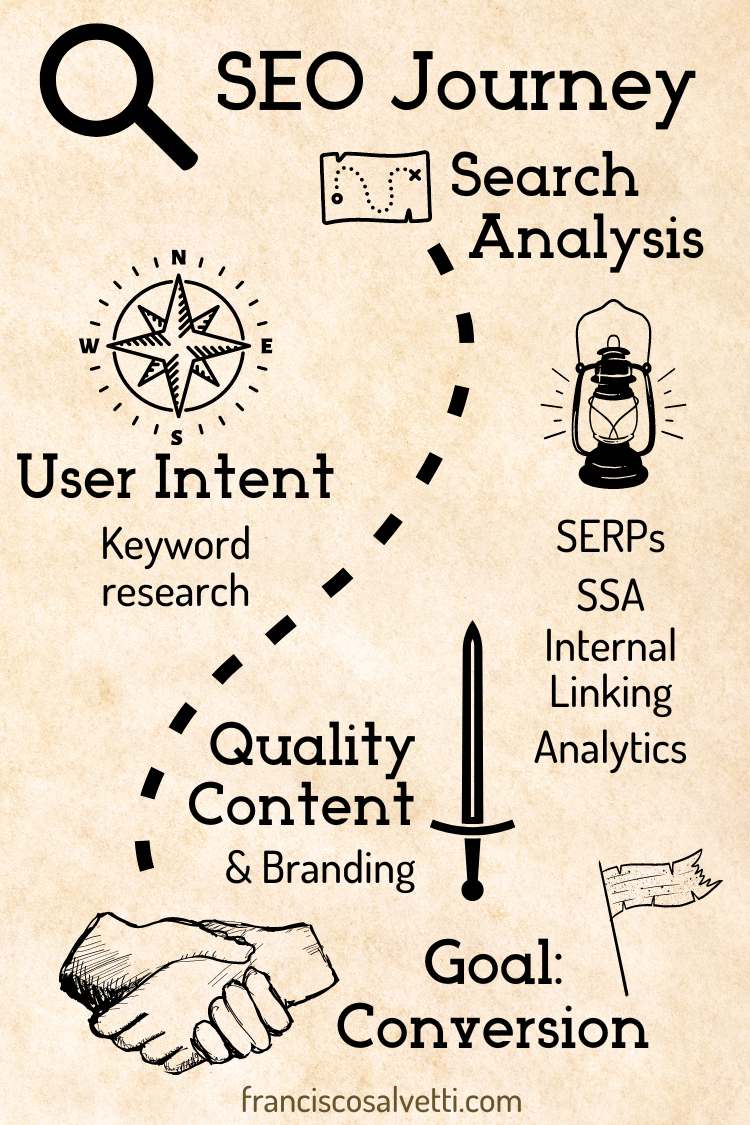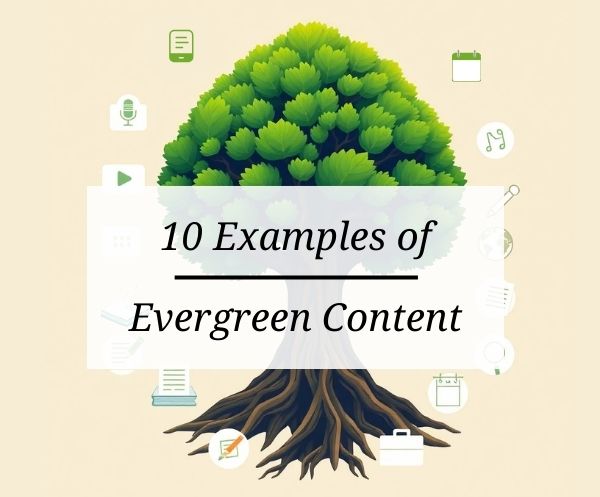Site Search Analysis (SSA): Unveiling User Intent
Imagine you’re on a treasure hunt, but instead of searching for gold, you’re delving deep into the minds of your website visitors. Site Search Analysis (SSA) is your map to this treasure. At its core, SSA is about understanding what your users are looking for, directly from their search queries on your site. It’s like having a conversation with your users without even asking them a single question.
If you’ve explored my article on what is search analysis and why does it matter?, you’re aware of its crucial role in harnessing search engine insights. SSA and search analysis are key to a user-focused SEO strategy.
How Internal Search Engines Boost SEO:
- Improved user experience: When users find what they’re searching for with ease, their satisfaction skyrockets, and they’re more likely to stick around, reducing the dreaded bounce rate.
- Valuable data source: The data you gather from internal searches reveals not just what users are looking for but also highlights gaps in your content. This insight is invaluable in tailoring your content strategy to meet user needs.

Imagine a user landing on your tech blog searching for the latest smartphone reviews but finds articles on laptops instead. By analyzing SSA data, you can discover this mismatch and create content that aligns with user intent.
User Intent Tools
User intent refers to the underlying reason why a user conducts a search online. Understanding user intent is in SSA because it allows you to tailor your website’s content and keywords to match what users are actually looking for.
There are several tools available to help you understand user intent:
1. Keyword Research Tools:
- Google Keyword Planner: This free tool by Google provides insights into search volume, competition, and related keyword suggestions. It can help you identify keywords that users are actively searching for.
- Semrush Keyword Magic Tool: This paid tool offers more in-depth analysis of keywords, including search intent classifications (informational, transactional, etc.).
- Ahrefs Keywords Explorer: Another paid tool with extensive keyword research features, including identifying questions users are asking related to your topic.
2. Search Console Search Analytics:
- Free tool by Google: This tool allows you to see the actual search queries users typed in to find your website. By analyzing these queries, you can understand what users are looking for when they land on your site.
3. Website Analytics User Behavior Tracking:
- Google Analytics: This free tool allows you to track user behavior on your website, such as which pages they visit, how long they stay, and what they click on. Google Analytics also lets you analyze what users search for on your website itself (internal site search analysis), helping you understand their needs and optimize your content.Also Analyzing this data can help you understand how users interact with your content and identify areas for improvement.
4. Social Listening Tools:
- Brand24, Mention, Sprout Social: These tools allow you to monitor online conversations about your brand or industry. By analyzing these conversations, you can understand what topics people are interested in and what questions they are asking.
5. Answer The Public:
- Free online tool: This tool generates a visual representation of popular search queries related to a specific topic. It can help you identify different types of user intent, such as questions, comparisons, and lists.
By using a combination of these tools, you can gain valuable insights into user intent and create a more user-friendly and SSA-friendly strategy in your Search Analysis Process.
Understanding SSA: A Bridge Between Users and Content
At its heart, SSA is a bridge—a bridge that connects users’ queries with the content they seek. By analyzing the data from your website’s internal search engine, you get a clear picture of user behavior and content effectiveness. This analysis forms a critical part of your SEO strategy by helping you:
- Identify user intent through search queries.
- Optimize content to match user needs.
- Improve internal linking structure to enhance site navigation.
Consider SSA the compass that guides your SEO efforts in the right direction, ensuring every piece of content serves a purpose and meets user intent.
Other Insights for SEO Success with SSA
Discovering New Keyword Opportunities:
SSA shines a light on the unexplored corners of your keyword strategy. By analyzing frequently searched terms not currently targeted, you unlock new keyword opportunities. It’s like finding hidden paths in a dense forest, paths that lead to untapped audience segments.
Analyzing Conversion-Driven Searches:
Dive deeper into the searches that lead to conversions. These are your golden keywords—searches that not only bring traffic but also convert visitors into customers. By focusing on these, you can optimize your landing pages to better cater to these high-value queries.
Page-Level Analysis:
Ever wondered why certain pages don’t perform as well as others? Internal site search analysis can pinpoint pages with underperforming internal search results. This insight allows you to refine content or adjust the internal linking structure, ensuring that every page on your site is a potential entry point for your users.
Key Takeaways:
| Benefit | Description |
|---|---|
| Enhanced User Experience | SSA helps tailor content to user needs, improving overall site navigation and satisfaction. |
| Data-Driven Content Strategy | Use SSA data to fill content gaps and align with user intent, significantly boosting your SEO efforts. |
| Conversion Optimization | Identify and optimize for conversion-driven search queries to maximize your website’s ROI. |
By integrating SSA into your SEO toolbox, you’re not just chasing keywords; you’re building bridges to your users, making every search a step towards a more user-centric, content-optimized website.





